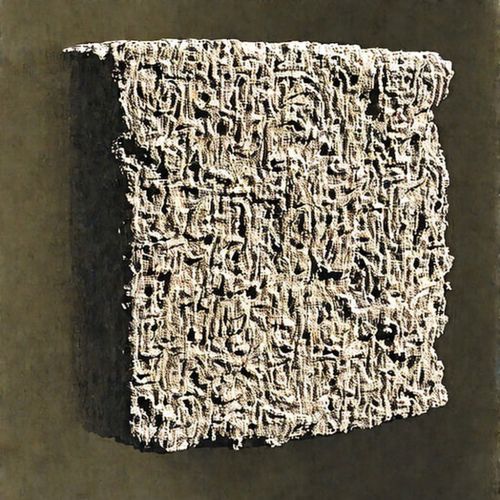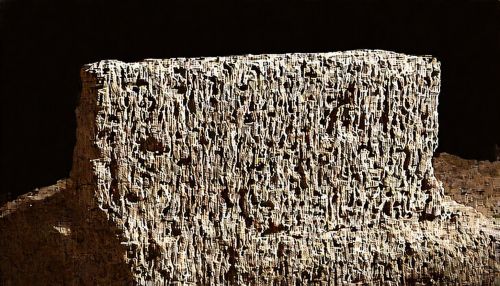Mesoamerican writing systems
Origins and Development
The Mesoamerican writing systems originated in the ancient civilizations of Central America. The earliest form of writing in Mesoamerica is attributed to the Olmec culture, which emerged around 1500 BCE. The Olmec script, although not fully deciphered, is considered the precursor to all subsequent Mesoamerican writing systems.


The Olmec script was followed by the Zapotec script, which is considered the first fully developed writing system in Mesoamerica. The Zapotec script, also known as the Isthmian or Epi-Olmec script, was used from approximately 500 BCE to 500 CE.
Classification and Types
Mesoamerican writing systems can be classified into three main types: logographic, syllabic, and alphabetic.
Logographic systems, such as the Mayan and Aztec scripts, use symbols to represent words or concepts. Each symbol in a logographic system represents a whole word, and the meaning of a text is conveyed through the combination of these word-symbols.
Syllabic systems, such as the Mixtec and Zapotec scripts, use symbols to represent syllables. Each symbol in a syllabic system represents a consonant-vowel pair, and the meaning of a text is conveyed through the combination of these syllable-symbols.
Alphabetic systems, such as the Nahuatl script used by the Aztecs, use symbols to represent individual sounds or phonemes. Each symbol in an alphabetic system represents a single sound, and the meaning of a text is conveyed through the combination of these sound-symbols.
Features and Characteristics
Mesoamerican writing systems are characterized by their use of both logographic and syllabic elements. This combination of logographic and syllabic elements is known as a logosyllabic system. In a logosyllabic system, some symbols represent whole words (logograms), while others represent syllables (syllabograms).
Another characteristic feature of Mesoamerican writing systems is their use of rebus writing. In rebus writing, symbols are used to represent sounds rather than meanings. This allows for the representation of abstract concepts and the creation of complex sentences.
Mesoamerican writing systems also make extensive use of pictorial representations. These pictorial representations, or pictograms, are used to convey concrete objects or concepts. Pictograms are often combined with logograms and syllabograms to create complex meanings.
Major Writing Systems
Olmec Script
The Olmec script is the earliest known Mesoamerican writing system. Although not fully deciphered, the Olmec script is believed to be a logosyllabic system, combining logographic and syllabic elements. The script is characterized by its use of complex glyphs, which are often carved into stone monuments or painted on pottery.
Zapotec Script
The Zapotec script, also known as the Isthmian or Epi-Olmec script, is considered the first fully developed writing system in Mesoamerica. The Zapotec script is a logosyllabic system, combining logographic and syllabic elements. The script is characterized by its use of bar-and-dot numerals and calendar signs.
Mayan Script
The Mayan script, also known as the Maya glyphs or Maya hieroglyphs, is the most complex of the Mesoamerican writing systems. The Mayan script is a logosyllabic system, combining logographic and syllabic elements. The script is characterized by its use of elaborate glyphs, which are often carved into stone stelae or painted on pottery and murals.
Aztec Script
The Aztec script, also known as the Nahuatl script, is a combination of logographic, syllabic, and alphabetic elements. The Aztec script is characterized by its use of pictograms, which are often combined with logograms and syllabograms to create complex meanings. The script is also known for its use of rebus writing and calendar signs.
Decipherment and Interpretation
The decipherment of Mesoamerican writing systems has been a complex and ongoing process. The first major breakthrough in the decipherment of Mesoamerican scripts came with the decipherment of the Mayan script in the mid-20th century. This was followed by the decipherment of the Zapotec and Mixtec scripts in the late 20th century.
Despite these advances, many aspects of Mesoamerican writing systems remain poorly understood. The Olmec script, for example, is still largely undeciphered. Similarly, the interpretation of the Aztec script is often complicated by the lack of surviving texts and the complex nature of the script.
Legacy and Influence
The legacy of Mesoamerican writing systems is evident in the continued use of some of these scripts in contemporary Indigenous communities. For example, the Mayan script is still used by some Maya communities in Guatemala and Mexico.
Mesoamerican writing systems have also had a profound influence on the study of writing and literacy. The complexity and diversity of these systems have challenged traditional notions of writing and have contributed to our understanding of the cognitive processes involved in reading and writing.
See Also
Olmec civilization Zapotec civilization Maya civilization Aztec civilization
